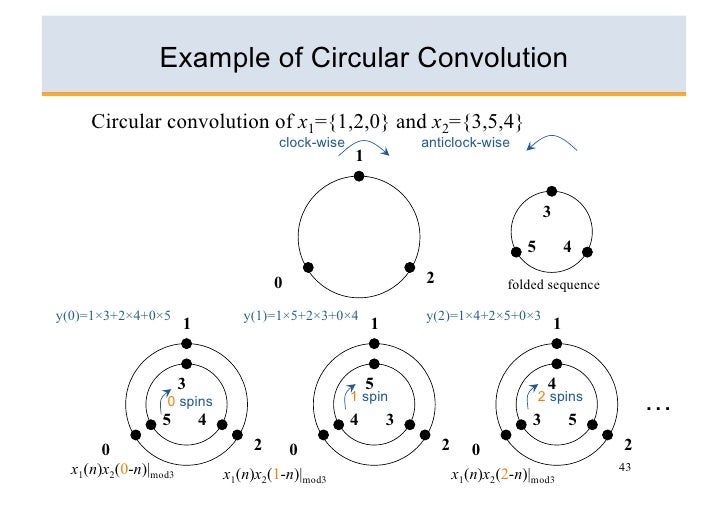Convolution is a formal mathematical operation, just as multiplication, addition, and integration. Addition takes two numbers and produces a third number, while convolution takes two signals and produces a third signal.
Convolution is used in the mathematics of many fields, such as probability and statistics. In linear systems, convolution is used to describe the relationship between three signals of interest: the input signal, the impulse response, and the output signal.
An input signal, x[n], enters a linear system with an impulse response, h[n], resulting in an output signal, y[n]. In equation form: x[n] * h[n] = y[n].
Expressed in words, the input signal convolved with the impulse response is equal to the output signal.
Just as addition is represented by the plus, +, and multiplication by the cross, ×, convolution is represented by the star, *.
It is unfortunate that most programming languages also use the star to indicate multiplication. A star in a computer program means multiplication, while a star in an equation means convolution.
Join EEE Made Easy Whatsapp Channel
Join EEE Made Easy Telegram channel
- Industries Extension Officer Syllabus Kerala PSC|IEO 2024 Syllabus
- [PDF]Trade Instructor Gr.II Electroplating Syllabus Kerala PSC|92/2023 syllabus
- [PDF] Syllabus Assistant Engineer Electrical Harbour Engineering Kerala PSC
- Industries Extension Officer Kerala PSC Notification|IEO 2024
- Electricity Act 2003 Section 135
- Synchronous Motor Advantages, Disadvantages & Applications
- [Latest]Assistant Director industries and commerce Kerala PSC syllabus|630/2023 syllabus







